Germiest Things in Hospitals and Doctor’s Offices


Elevator Buttons
Going up? Your risk of infection is if you touch an elevator button and then put your hand near your eyes, nose, or mouth. One study showed that more than a third of elevator buttons are home to MRSA, an antibiotic-resistant bacteria that can cause serious illness. They also found E. coli as well as acinetobacter, which can cause meningitis and pneumonia.

Hands
Anyone who wants to enter your room should wash their hands with soap and water or use an alcohol-based hand sanitizer before they come in. Studies show that health care workers clean their hands only half as much as they should. Don’t be afraid to speak up and ask if your medical team is keeping their mitts clean.
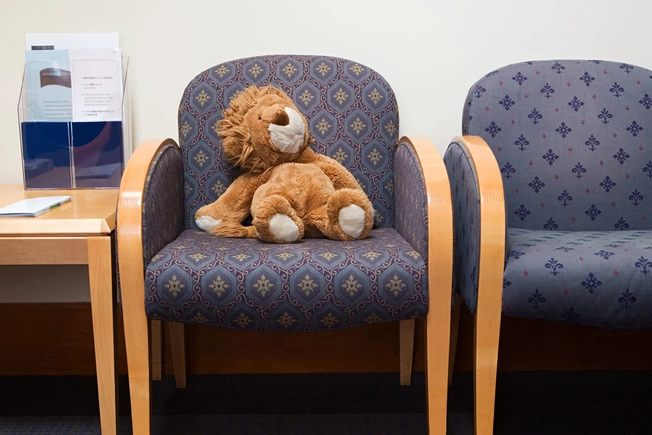
Waiting Rooms
Viruses that spread by droplets in the air, like the flu and COVID-19, can move from person to person if you sit too closely together in a waiting room. That risk goes up the louder the infected person talks or if they sneeze or cough. Keep distance -- at least 6 feet -- between you and others as you wait in common spaces. Researchers studying hospital furniture and equipment found risky levels of antibiotic-resistant bacteria on these surfaces. Safeguard against infection by wiping down armrests with an antibacterial wipe.

Stethoscopes
The universal symbol for medical care most doctors wear around their neck is a common hotbed for harmful microbes. Luckily, doctors use these tools on unbroken skin, so the chance of infection is low. Still, some studies show as few as 5% of doctors clean their stethoscopes regularly.

Flowers and Plants
Cut flowers in vases and potted plants brighten up a hospital room or a doctor’s waiting area. But the water and soil can harbor a lot of bacteria. Could you get an infection from these sources? You’re probably fine, but to be extra careful, don’t keep them on your bedside table.

Lab Coats
There’s a chance that microbes from other patients could be hitching a ride on your doc’s classic white coat. In one small study, Staphylococcus aureus, the germ that causes infections like boils and toxic shock syndrome, was present on about 23% of the doctors’ white coats. A small set of that also included the antibiotic-resistant strain MRSA.
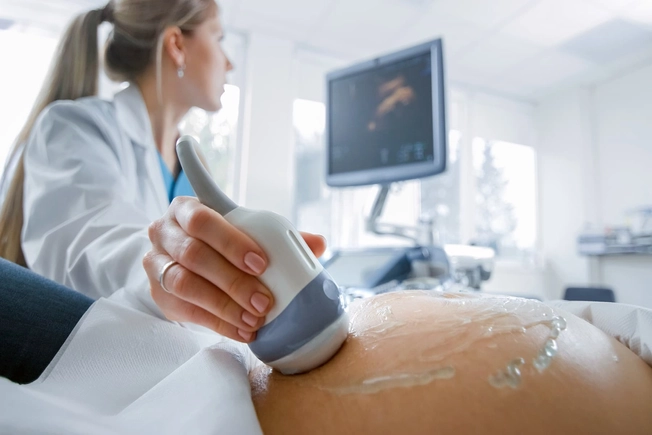
Ultrasound Equipment
Researchers who looked at ultrasound equipment found bacteria nearly everywhere: the probe, cord, control knobs, computer keyboard, gel, and its bottle. Even when the part that touches you is covered by plastic, the rest of the tool probably wasn’t disinfected between patients. It’s possible a health care worker could pick up germs and pass them to you.

Phones
Hospital workers use mobile phones a lot, especially in intensive care units, to check in with other departments. Researchers have found that the devices are covered in bacteria, including drug-resistant types. In one study, a 1-minute phone call was long enough to transfer germs to hands that were previously clean.

Beds
Cleaning between patients doesn’t always remove the germs from mattresses. Fungal infections at one pediatric facility were traced back to bed linens. Tests on bedrail microbes show they’re usually similar to those of the person in the bed. Unless beds are sanitized well between patients, bacteria will set up shop there and may find a new host in you, if you’re next in the room.
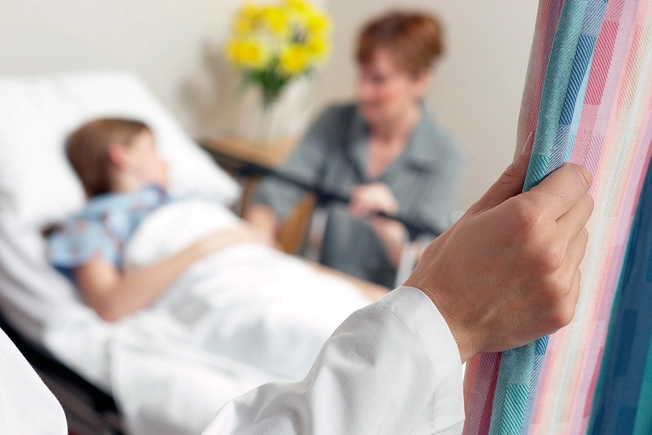
Privacy Curtains
A cloth divider can create a shield from extra eyes, but it’s also a highly touched object that may not get cleaned often, especially the edge. Studies show these curtains often host multidrug-resistant organisms (MDROs), likely because they’re not cleaned as often as other items in hospital rooms. Be sure to wash your hands after touching.

Tray Tables
The rolling over-the-bed table that holds your food also holds a hidden risk: germs. These tray tables are considered “high-touch” surfaces in hospital rooms, so there’s a greater chance they’ve gathered bacteria. There’s an easy solution: Give them a sanitized wipe before you tuck in for your meal.
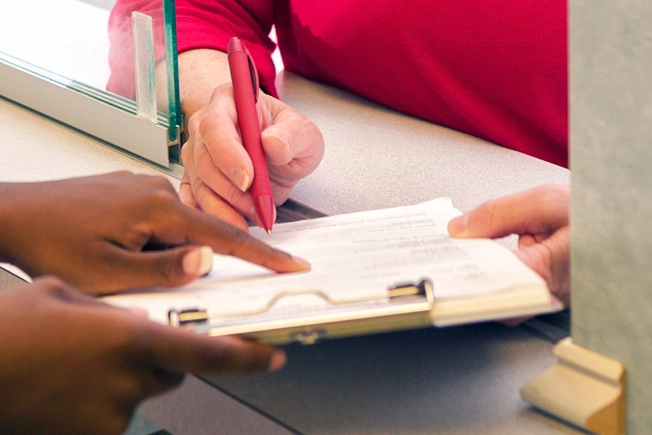
Pens
Hundreds of people a day touch the pens at hospital registration desks. Your best bet for keeping clean is to wipe down common writing tools with a sanitizing wipe before using -- or better yet, bring your own.
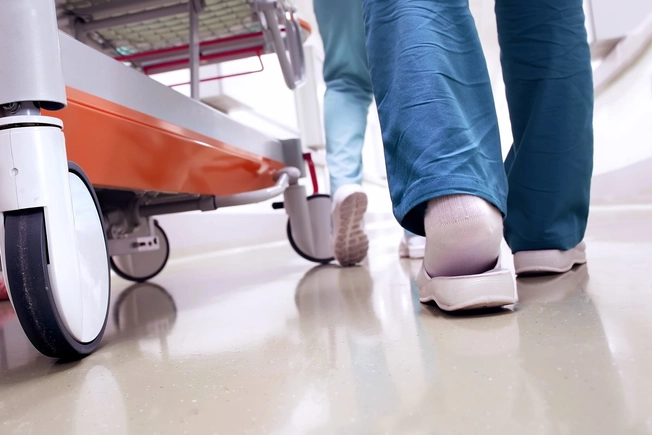
Floors
Hospital room floors are sometimes covered in bacteria. Anything that falls and makes contact with them -- like your call button, for instance -- runs the risk of moving those germs to your hands. Carpeting in health care settings harbors pathogens, studies show, though there’s limited evidence that anyone’s health is harmed by it.